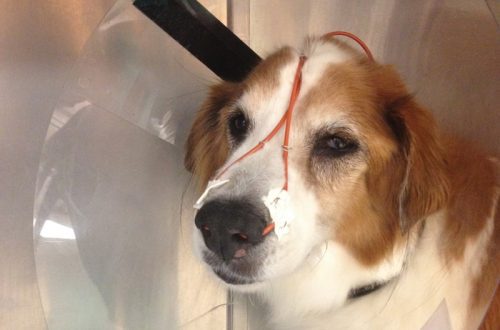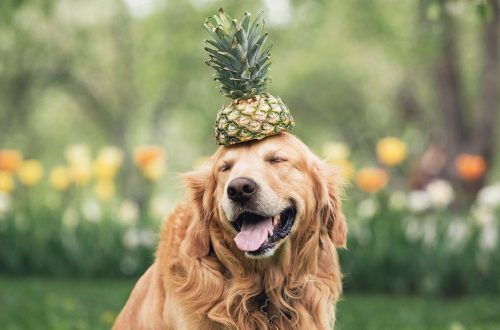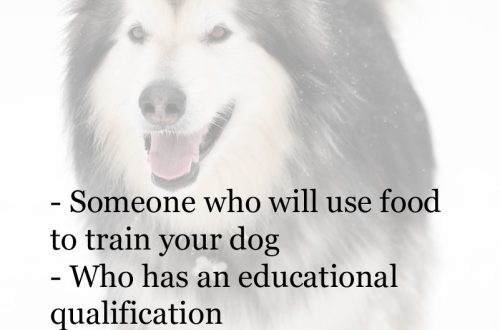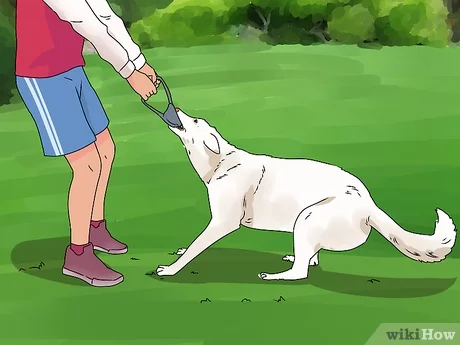
How to quickly build muscle in a dog
The first rule that every owner should remember when doing fitness with a dog is “Do no harm”. If only because the animal cannot tell us that he is ill. And you need to pump up the muscles of the dog correctly. 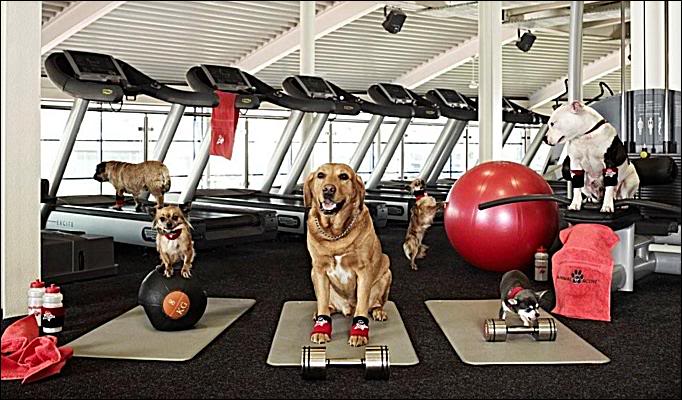
Contents
Types of muscle fibers in dogs
When planning events to build muscle for a dog, owners think about the success of the event, the relief of the muscles and how to spend the least effort on this. To solve this problem, you need to know how the dog’s body works. After all, ignorance of the basics is the cause of an erroneous training strategy. Muscle fibers are divided into the following types:
- Red – slow – type I (MMF – slow muscle fibers). They are densely dotted with capillaries, have a high aerobic capacity and good endurance, work slowly and tire slowly, use “economical” sources of energy.
- White – fast – type II (BMW – fast muscle fibers). The content of capillaries in them is moderate, they have a high anaerobic capacity and sprint qualities, they work quickly and get tired quickly, they use fast sources of energy.
Dogs were created to perform a specific function. And different breeds perform different functions. In order to do a good job, the body must match it. For example, hunting dogs are basically sprinters, they need to quickly catch up with prey, and, naturally, their corresponding muscle fibers predominate. And the division of muscle fibers into these types is beneficial, first of all, to the body of the dog. She needs to spend as little energy as possible on the most efficient performance of a certain work. To pump muscle mass, both fibers are needed.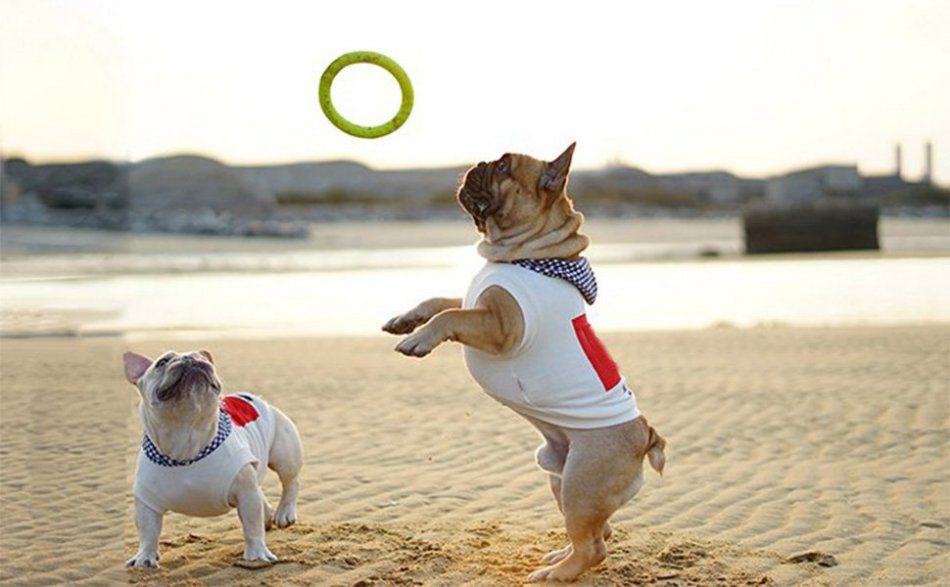
What type is your dog?
To understand which muscle fibers predominate in the body of a particular dog, you need to answer questions. Who is your dog: sprinter or weightlifter? Athlete or marathon runner? Marathon runners are driving breeds that can cover long distances without getting tired. And sprinters are some hunting dogs, for example, greyhounds. What functions does your dog perform: hunter, sled, guard or shepherd? Fast muscle fibers predominate in sprinters. Slow muscle fibers predominate in marathon runners. Dogs can be divided by breed. In shepherd, cattle, sledding, primitive breeds, slow muscle fibers predominate. In hunting, gun, guard, sports dogs, fast muscle fibers predominate. fast and slow – about 50% to 50%. During a walk, you can offer your dog exercise – this will not only build muscle, but is also good for health. If all the muscles are developed, the dog will not have an imbalance in certain parts of the body, and the internal systems will also work well. Which fibers are better: fast or slow? The correct answer is: to maintain the dog’s functions – those that are laid down by the dog’s genetics. To achieve the desired strength, volume and relief – both. In this case, there will be the most beautiful result and the most healthy dog. You can start pumping muscles after the dog’s body is finally formed. And this moment is different for each breed.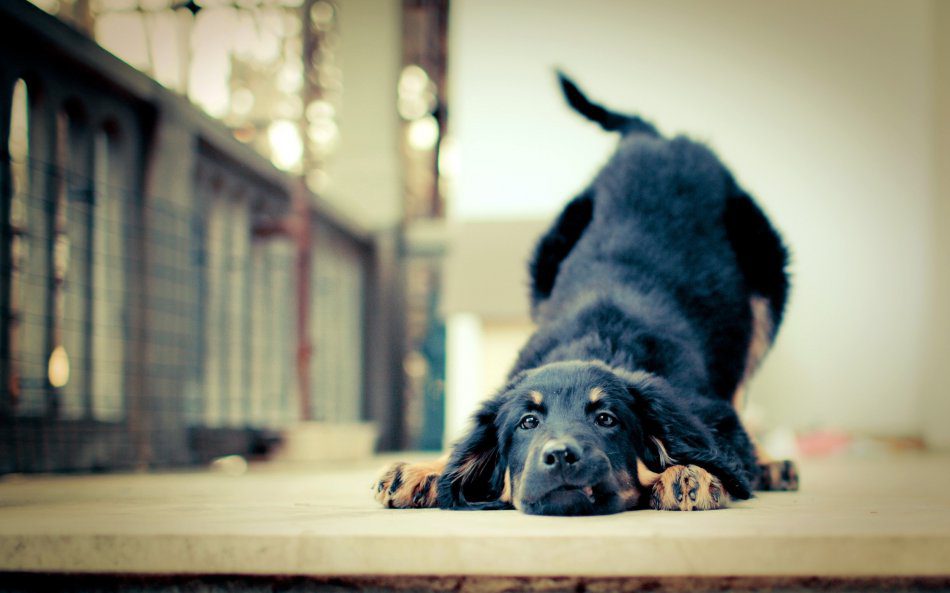
How to train both types of dog muscle fibers?
It is necessary to observe the necessary intensity for each type of muscle fiber in the dog. To train fast muscle fibers, you need a sharp, strong, intense load. For training slow muscle fibers, static exercises are more suitable, where, for example, you need to hold your paw in one position for at least 30 seconds, etc.
- Performing the most explosive exercises with short pauses. This item is strictly forbidden to perform neither puppies nor older dogs. Principle: weighted total body weight (use of belt weights), evenly distributed during abrupt start and stop. On day 1, you can use 1 powerful exercise from the following: sprinting with a weighted body weight on a flat trajectory plyometric jump training with jumping to the surface (at a fast pace, the height of the surface is the height of the dog at the withers * 2) snatch training uphill (start must be from a sitting position, the angle of inclination of the surface is no more than 25 degrees). Rest time between repetitions is no more than 15 – 20 seconds. The final number of repetitions is no more than 10. The weight should lie only on the back muscles running along the spine, the length of the weighting agent is from the withers to the end of the ribs, the weight at the initial stage is 10% on each side (20% in total), can be gradually brought up to 20% per side (40% total). You can not run on asphalt, only on the ground, so as not to harm the dog’s joints. A warm-up is required first.
- biomechanical principles. The use of more winning exercises that include the maximum number of muscles at the same time. Unstable single-level surface (for example, a sofa mattress). Use of obstacles. Can be used in 1 day 1 winning exercise from the following: sit / lie / stand / lie / sit / stand steeplechase (at home, you can make cavaletti from mop sticks placed on books at the same level) multi-speed training (step – slow trot – walk – fast trot, etc., with a time limit – no more than 10 minutes).
- Complexes of exercises. The principle is supersets for a specific muscle group, consisting of a speed exercise, a strength exercise, an isolated exercise, exercises with your own body weight. On day 1, you can apply 1 of the supersets: muscles of the neck, back and body muscles of the hind limbs muscles of the forelimbs and chest. Supersets are done at a very fast pace in order to maximize the involvement of the dog’s muscular system. For example, when talking about the muscles of the hind limbs, exercises can include: jumping or jumping – the height is not higher than the dog’s elbow, many jumps to low heights at a fast pace walking or running with weights sit-stand exercises, while the hind legs are on an elevated surface – for example, on a step, the “Sit – stand – lie” complex at a rather slow pace.
- negative phase. Principle: fast contraction, slow muscle relaxation. For example, a dog’s front paws are on an elevated surface, and he performs the “Sit-Stand” commands without removing his front paws from the elevated surface. She should get up quickly, and fall on her hind legs as slowly as possible and in no case fall into the “sit” position. These exercises can be done every day.
- Tension time. Principle: the longest muscle tension of the dog (up to 30 seconds). For example, a dog reaches for a treat for a long time, tensing its muscles as much as possible (standing up on tiptoe). These exercises can be done every day.
For puppies and teenagers, methods 5, 4, 3 (no strength and isolation exercises), 2 (no hurdles) can be used. Mature young healthy dogs can receive all types of exercise. For older healthy dogs, all methods are suitable, except for the most explosive exercises with short pauses. Exists 5 ways to build muscle in your dogpassed performance tests. These methods involve both types of muscle fibers.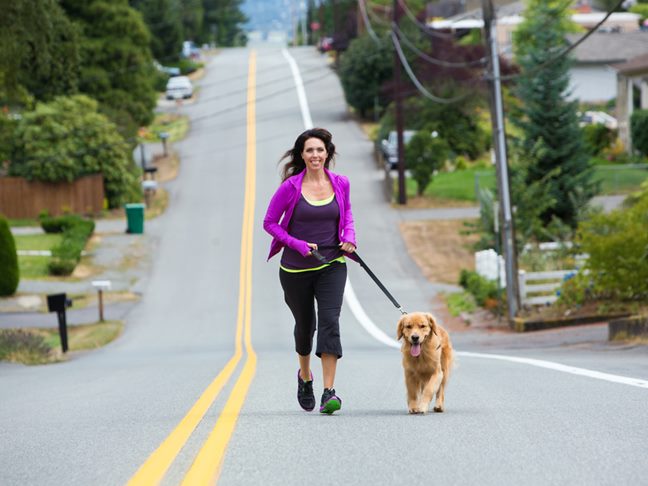
Additional devices for pumping up the muscles of the dog
In order to quickly pump up the muscles of the dog, you will need additional devices:
- unstable surface (at home it can be an air mattress – the main thing is that it can withstand the dog’s claws)
- stable hills (curb, step, bench, books, etc.)
- belt weights
- bandages, cavaletti
- tape expanders
- stopwatch
- necessary auxiliary ammunition.
Decide on the purpose of the lesson. Before you start pumping up your dog’s muscles, you need to answer the question of what result you want.
If you want to achieve muscle hypertrophy, you can not do without additional devices. To create a beautiful relief body, you can do without some devices, replacing them with other exercises. If the goal is to maintain the health and functioning of the muscles, additional devices are not needed.
3 Rules for Dog Muscle Growth
- To increase muscle mass, a regularly increasing load is necessary. But here, too, it is important not to overdo it.
- Nutrition plays a key role in success.
- For full recovery and growth, proper sleep and rest are needed.
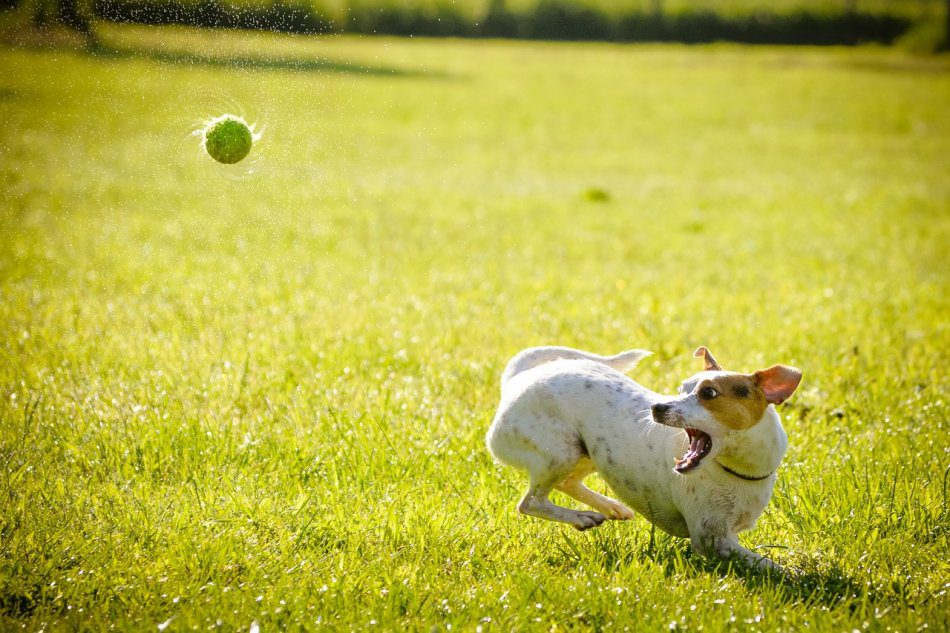
Safety precautions when pumping up the muscles of a dog
- A preliminary check of the dog’s health status (pulse, condition, respiratory rate, joint mobility).
- The right incentive.
- Compliance with the rules of thermoregulation.
- Compliance with the drinking regime. The dog can drink during training and immediately after, but not much (a couple of sips).
- Strong nervous system of the owner. If something doesn’t work today, it will work another time. Don’t take it out on the dog, take care of it.
Remember that safety is paramount! 



